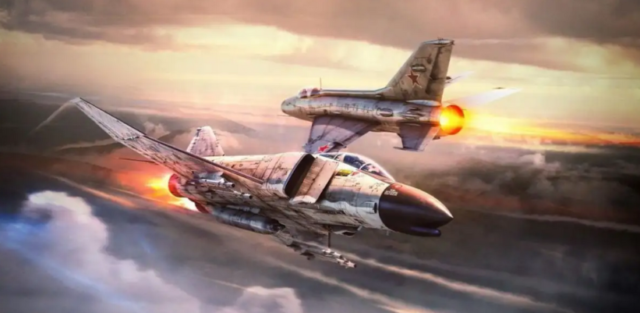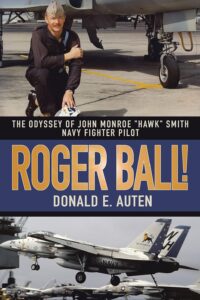Podcast: Play in new window | Download

Navy F-4 Fighter in combat in Vietnam
Episode 2787 of the Vietnam Veteran News Podcast will feature a story about why the kill ratio between American and North Vietnamese in Vietnam fighter aircraft was so different from the Korean War The featured story appeared on the Aviation Geek Club website and was titled, Here’s why before TOPGUN, Navy F-4 Phantom II fighter crews in Vietnam managed only a 2.5:1 kill ratio versus Soviet-built MiG-17 and MiG-21 fighters. The story was submitted by Donald Auten.
It was reported that by the end of the Korean War, Navy, Marine, and Air Force pilots had demonstrated their air combat prowess over Korean and Chinese fighter pilots by racking up an exchange rate of over ten-to-one. In spite of its horror, the war provided iron-clad proof that by developing better tactics and maneuvers, providing better training, and applying innovative concepts to the battlefield, U.S. airmen could reign triumphantly, even when confronting opponents with superior equipment. This lesson would have significant influence on Navy, Marine, and USAF fighter crews in the air war over Vietnam.
The F-4 Phantom II entered the fleet in 1962, nine years after the Korean War. Early in the Vietnam War, the Navy and USAF discovered they were using the right airplane in the wrong battle environment. Kill ratios were in the vicinity of two- and one-half enemy aircraft shot down for each U.S. airplane lost, a far cry from the ten to one kill ratio experienced during the Korean conflict.
There was much concern over blue-on-blue engagements in Vietnam. The rules of engagement written to avoid fratricide were complex and restrictive. Prior to firing missiles at another aircraft, U.S. fighter crews were required to have one of two conditions met: a positive visual identification (VID) or clearance from an intercept controller with positive radar identification.
Listen to episode 2787 and discover more about why the kill ratio between American and North Vietnamese fighter aircraft was so different from the Korean War.











